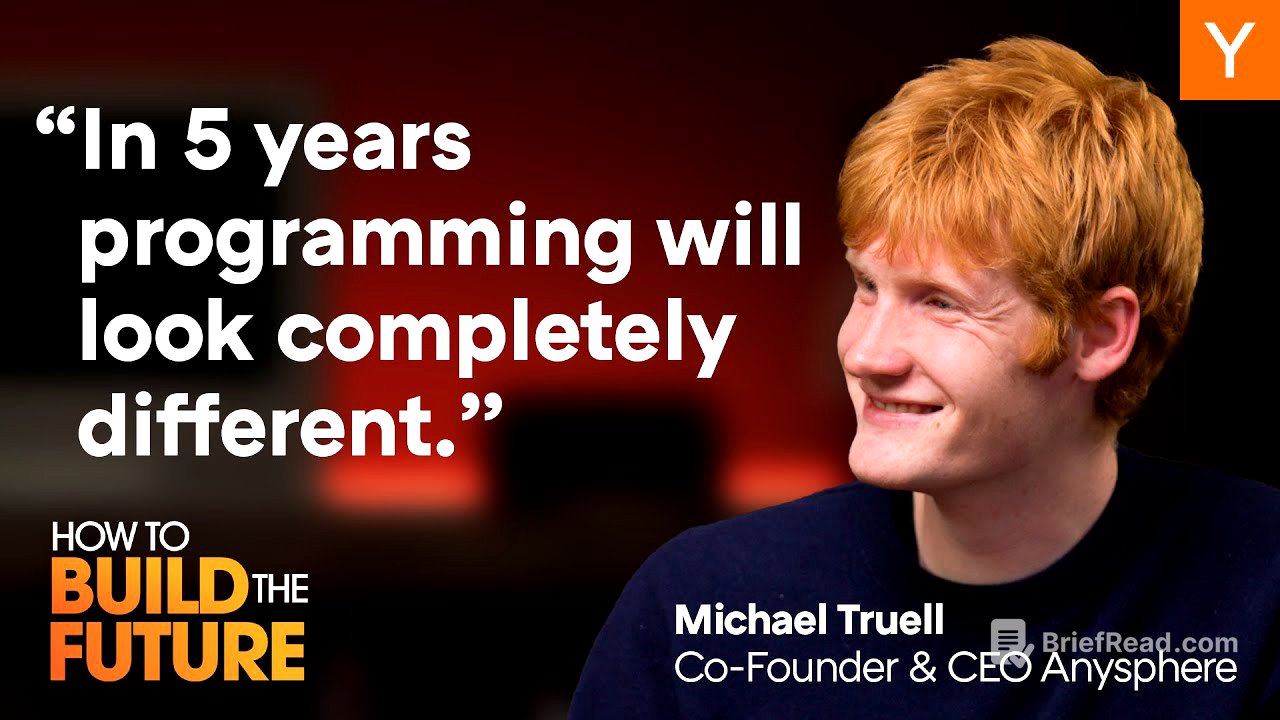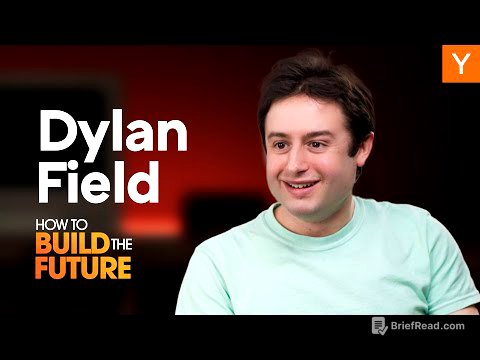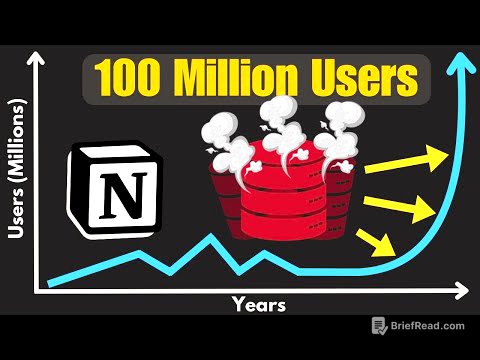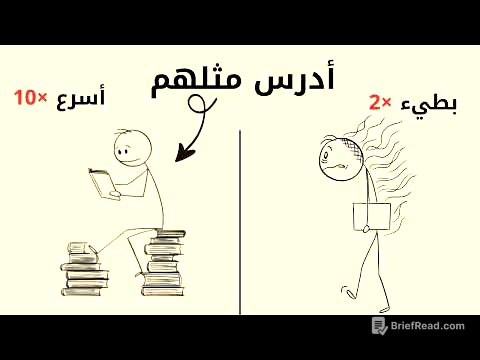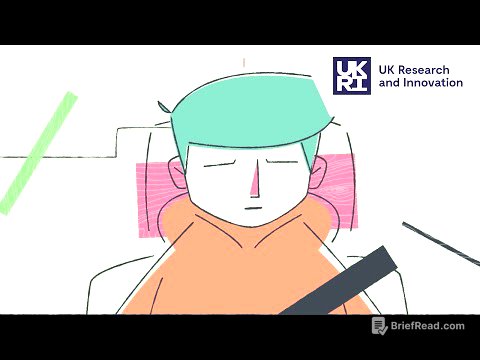TLDR;
Michael Tru, co-founder and CEO of Anyphere, discusses the mission of Cursor to replace traditional coding with a more intuitive, AI-driven approach. He highlights the current state of AI in coding, emphasizing the importance of maintaining control over code while leveraging AI for productivity. He touches on the bottlenecks to achieving superhuman AI coding agents, the significance of taste in software engineering, and niche software opportunities. He also shares the origin story of Cursor, the challenges they faced, and the product decisions that led to their success, including the importance of dogfooding and strategic hiring. Finally, he touches on moats for AI coding tools and his excitement for the future of building with AI.
- Cursor's goal is to replace coding with a more intuitive, AI-driven approach.
- Taste and logic design will be irreplaceable in the future of software engineering.
- Distribution and continuous improvement are key moats for AI coding tools.
Intro [0:00]
The speaker introduces Michael Tru, co-founder and CEO of Anyphere, the company behind Cursor, an AI coding platform. Cursor has achieved a $9 billion valuation and rapid growth, reaching $100 million ARR in just 20 months after launching. The discussion will focus on Cursor's goal of inventing a new type of programming where users can describe what they want and it gets built.
A new way to build software [1:00]
Michael Tru explains that the company's goal is to replace traditional coding with something better. He and his co-founders, all experienced programmers, aim to create a higher-level, more productive way to build software. This new method would focus on defining how the software should work and look, rather than writing millions of lines of esoteric code. Cursor's approach involves being the best way to code with AI at any given time and evolving the process away from normal programming.
Cursor’s mission [2:00]
Michael Tru acknowledges that while AI is making strides in coding, it's not yet at the point where developers can completely "vibe code" without understanding the underlying code. He emphasizes that in professional environments with large codebases and teams, it's still crucial to read and understand the AI-generated code. Cursor aims to evolve from being a productivity tool that helps developers read, write, and understand code to a point where the artifact of coding changes significantly.
The downside of vibe coding [3:40]
Michael Tru advises against "vibe coding" for projects intended to last, noting it's more suited for short-term, experimental code in early-stage startups. He describes AI's current role as a helper, where developers delegate tasks or have AI assist with coding. The goal is to enhance both delegation and assistance to make them significantly more useful, potentially allowing developers to rely on AI for a substantial portion of their work without constant oversight.
Two ways to view LLMs [4:50]
Michael Tru presents two perspectives on Large Language Models (LLMs): as human-like helpers and as advanced compiler or interpreter technology. He emphasizes the importance of maintaining human control over the finest details of software, such as pixel-level adjustments and specific logic edits. As AI evolves, the written representation of software logic will need to become higher level, requiring a shift in how programming languages are viewed and utilized.
Bottlenecks to superhuman agents [5:50]
Michael Tru identifies several bottlenecks preventing AI agents from reaching human-level coding abilities. These include limitations in context window size, the challenge of continual learning, and the difficulty of performing tasks over long time horizons. He also highlights the importance of computer usage, such as running code and analyzing logs, for AI to function effectively as a software engineer. Even with human-level AI, a more precise user interface than a simple text box will be needed for humans to effectively control software changes.
New approaches to coding UI [8:30]
Michael Tru suggests potential user interface solutions, including evolving programming languages to be higher level and enabling direct manipulation of the UI. Direct manipulation involves pointing at elements on the screen and making changes or directly adjusting values.
Why taste still matters [9:40]
Michael Tru believes that "taste" will remain irreplaceable in software engineering. Taste involves defining what to build, including both visual and non-visual aspects of software. While AI can handle the human compilation step of translating intent into code, the taste for what is useful and what to build will always be essential. He suggests that people will need to become "logic designers," focusing on intent-driven programming.
Niche software opportunities [12:15]
Michael Tru discusses the implications of automated programming, including increased productivity for professional developers and the rise of niche software. He recalls his experience at a biotech company where the need for custom software solutions highlighted the challenges faced by companies for whom software is not a core competency. He believes that in the future, more options will be available for such companies, making it easier to create specialized software.
Cursor origin story [13:30]
Michael Tru recounts the early days of Cursor, which started in 2022 with his co-founders Swale, Arvid, and Aman, whom he met at MIT. They were drawn together by a shared ambition and youthful naivete. Their early engineering projects involved AI, including improving the data efficiency of robotic reinforcement learning and building a competitor to Google using neural networks. Two key moments in 2021 inspired them to focus on AI: the emergence of useful AI products like GitHub Copilot and research showing predictable scaling laws for AI models.
The first problem they tried solving [16:00]
Michael Tru explains that they initially aimed to build a product for mechanical engineering, specifically a co-pilot for computer-aided design (CAD). They worked on training 3D autocomplete models to help users create 3D models in software like SolidWorks or Fusion 360. This involved predicting the next changes to the geometry being created.
Why they abandoned the CAD idea [17:20]
Michael Tru details the reasons for abandoning the CAD project. They realized they were more passionate about coding than mechanical engineering. Additionally, the AI technology at the time was not well-suited for 3D modeling due to a lack of pre-trained models and data. Despite conducting user interviews, they felt they could have gained a better understanding by working undercover at a company employing mechanical engineers.
Pivoting to Cursor [21:00]
Michael Tru explains that the decision to pivot to Cursor was driven by their personal interest in coding and their belief in the potential of AI to transform the field. Despite the crowded landscape, they felt that existing players were not aiming for a completely different type of coding. Their experience with the CAD project taught them the importance of working on something they were truly passionate about.
Following the scaling laws [23:00]
Michael Tru recalls that they had a phrase "follow the line" to always plan for where the AI models were going. He notes that in 2022, there was a significant shift in the perception of AI, with models like InstructGPT and DALL-E gaining traction and demonstrating the potential of AI to improve without significant increases in training costs.
Early product decisions [24:30]
Michael Tru reveals that one of their early, non-obvious product decisions was to build an editor instead of an extension. This decision stemmed from their belief that all of programming would eventually flow through AI models and require a control UI.
The GitHub Copilot origin story [25:20]
Michael Tru shares the story of GitHub Copilot's development, noting that it originated from a solution-first approach, with the team initially experimenting with various product ideas before settling on autocomplete. Even after developing autocomplete, they needed to make changes at the editor level, which influenced Cursor's decision to build its own editor.
Getting to PMF [27:00]
Michael Tru recounts that after an initial development period, Cursor spent about a year iterating in public at a small scale before achieving product-market fit. This involved refining the product, building out the team, and developing custom models. Once things started to click, growth accelerated rapidly.
“Dogfooding” [30:00]
Michael Tru emphasizes the importance of "dogfooding," where the team uses the product internally. Their product development process was experimental and focused on creating usable demos that they could immediately use in the editor. They also monitored metrics to ensure they were on the right path.
First 10 hires [31:00]
Michael Tru stresses the importance of hiring the right people, especially the first 10 employees. These individuals can accelerate the company's growth and act as an immune system against bad hires. They sought out generalist polymaths who were product-minded, commercially-minded, and had experience training models at scale.
How to evaluate great engineers in age of AI [32:50]
Michael Tru explains that Cursor still interviews engineers without allowing them to use AI (other than autocomplete) for initial technical screens. Programming without AI remains a valuable test of skill and intelligence. They also hire people with no prior experience with AI tools and teach them on the job, leveraging their beginner's mind for product insights.
Maintaining the hacker mindset as you grow [33:45]
Michael Tru discusses how to maintain a hacker mindset as the company scales. This involves hiring passionate people through a two-day on-site project, encouraging bottoms-up experimentation, and giving teams autonomy to experiment on their own projects.
What are the moats for AI coding tools? [35:00]
Michael Tru believes that the market for AI coding tools resembles search at the end of the 90s, where the product ceiling is high and distribution is crucial for improving the product. He emphasizes the importance of learning from user interactions to improve the underlying models. He also draws inspiration from consumer electronics, highlighting the need to create "iPod" or "iPhone" moments by pushing the frontier faster than competitors.
Looking ahead [37:00]
Michael Tru expresses his excitement for the future, predicting that the ability to build will be magnified for both professionals and newcomers. He believes it's a great time to be alive and involved in this revolution.
